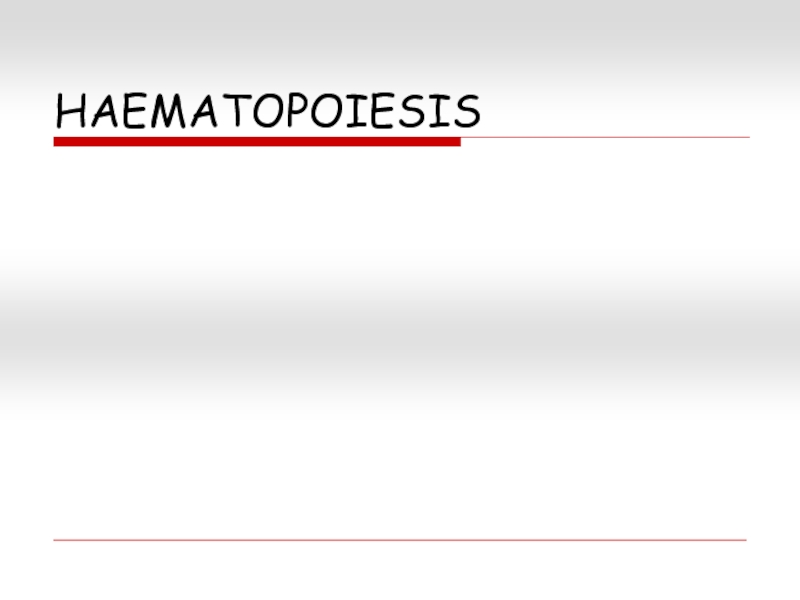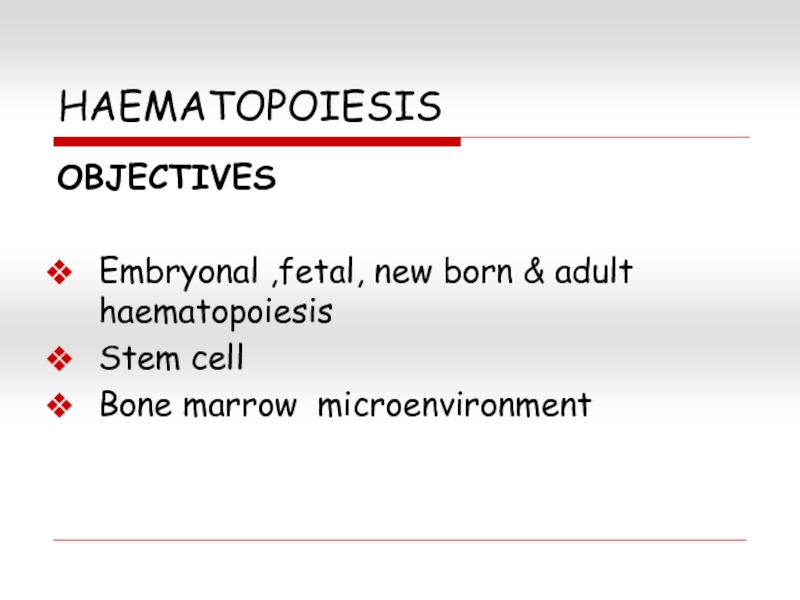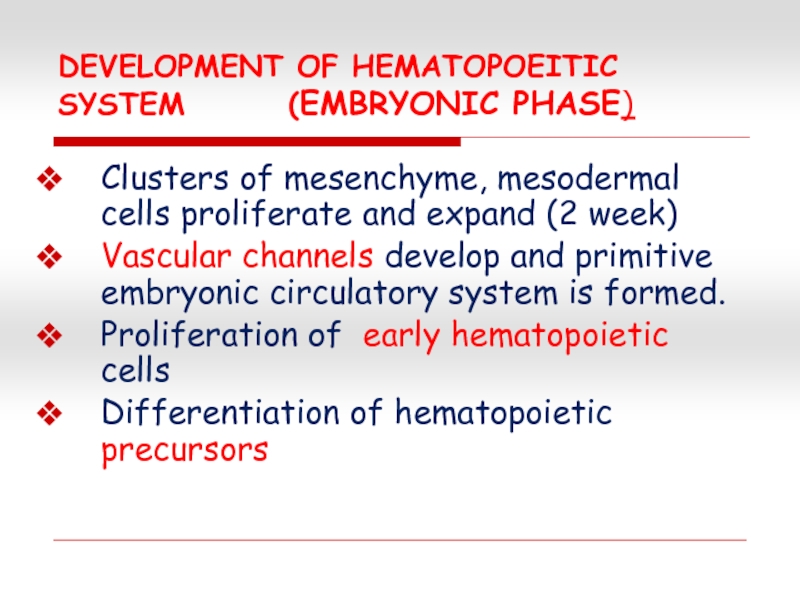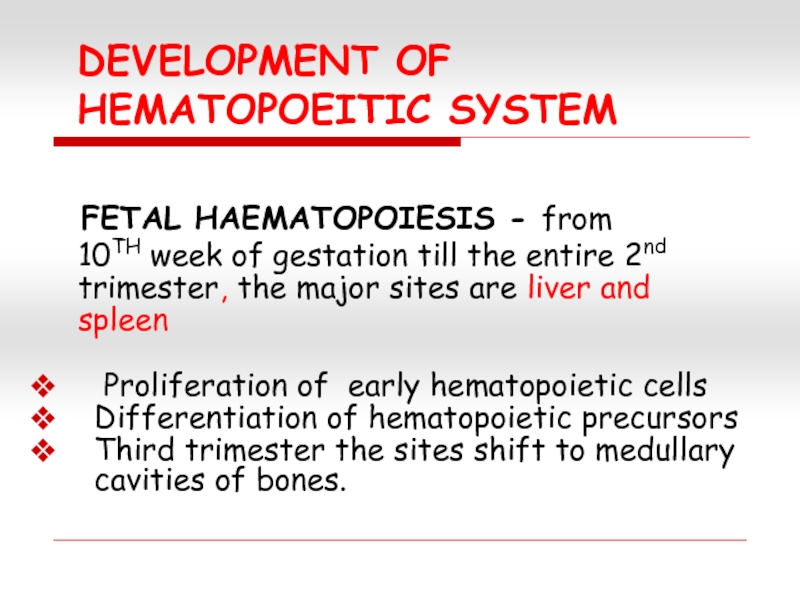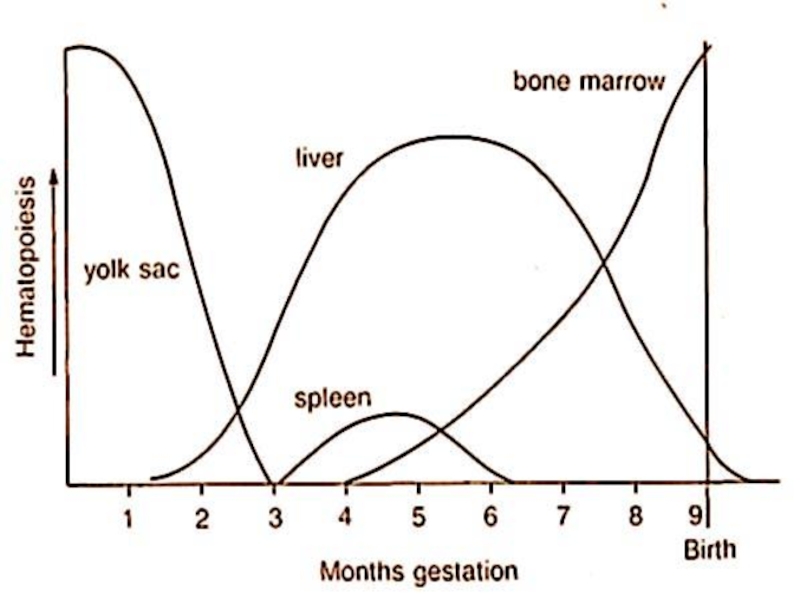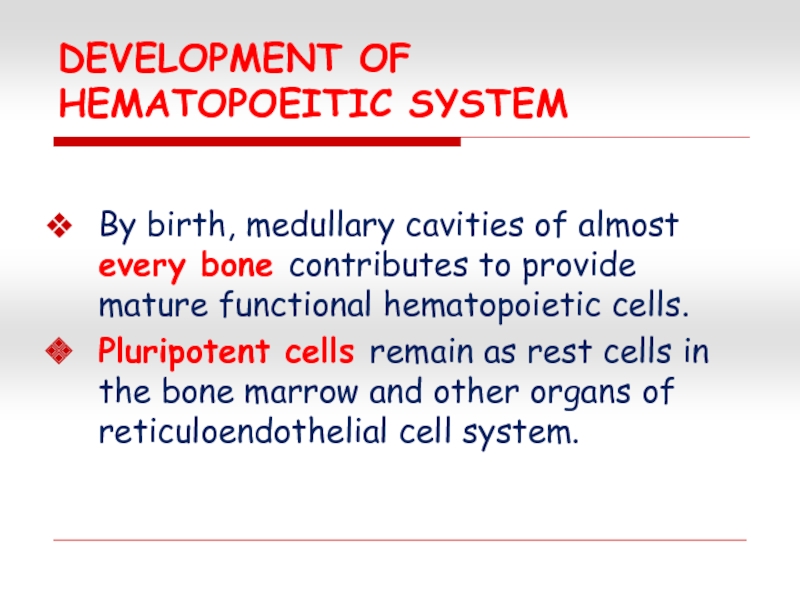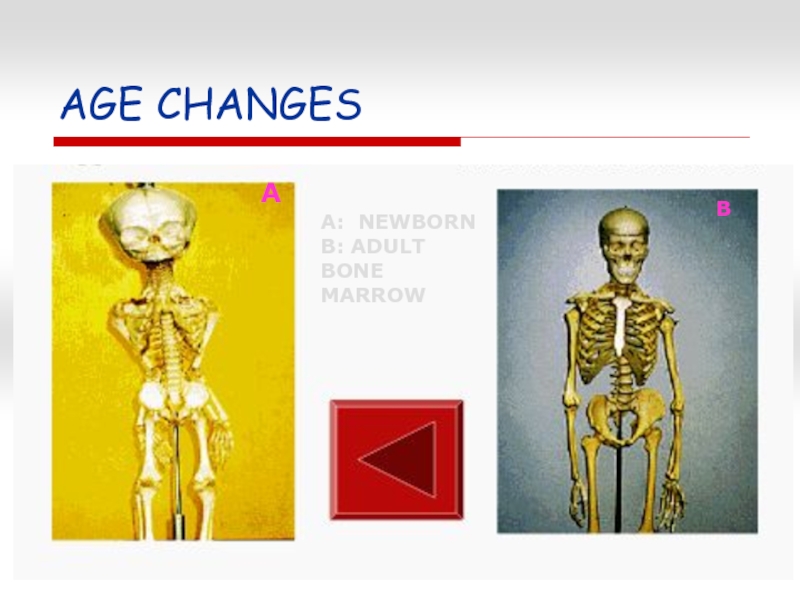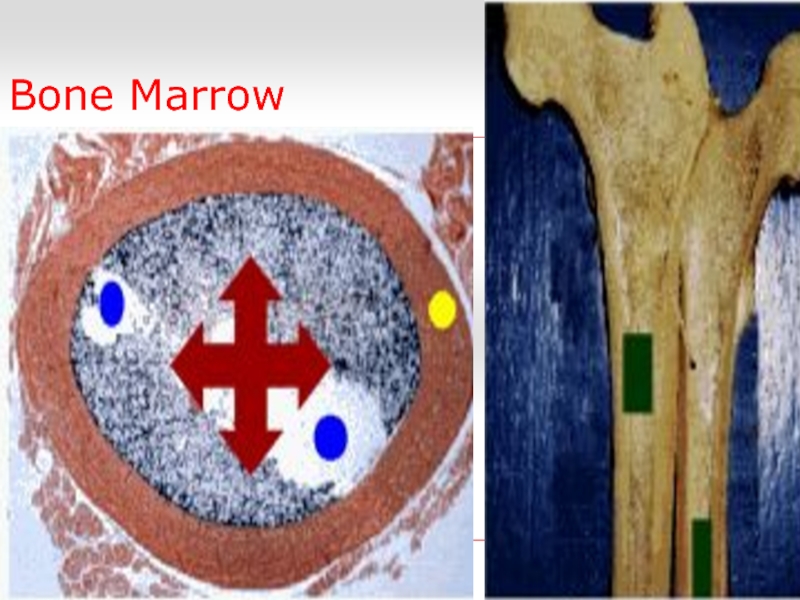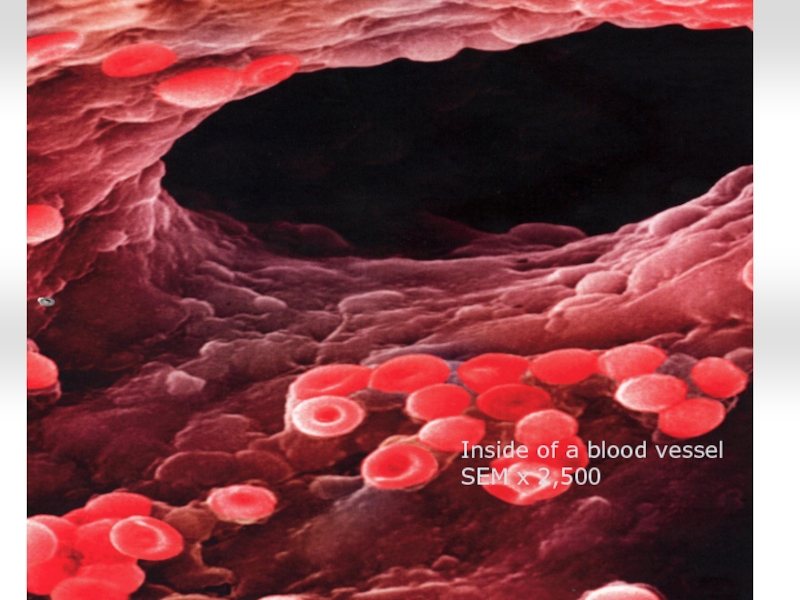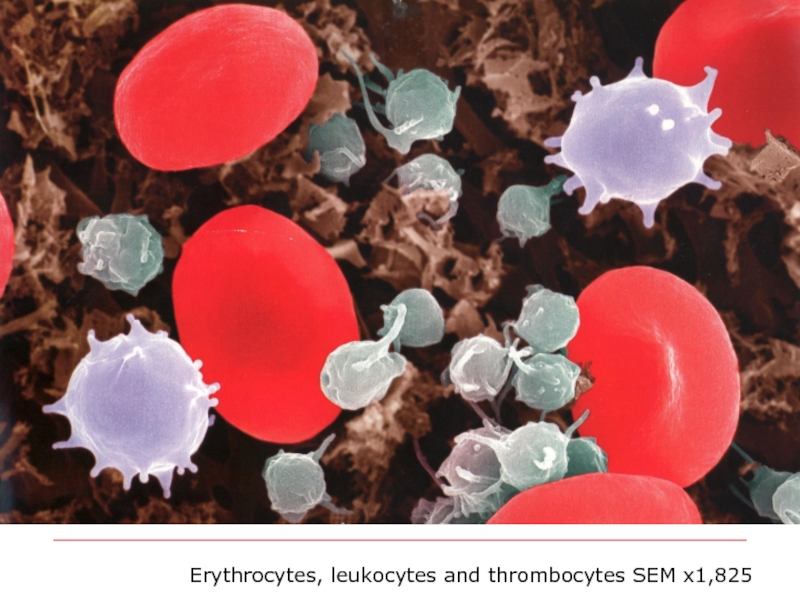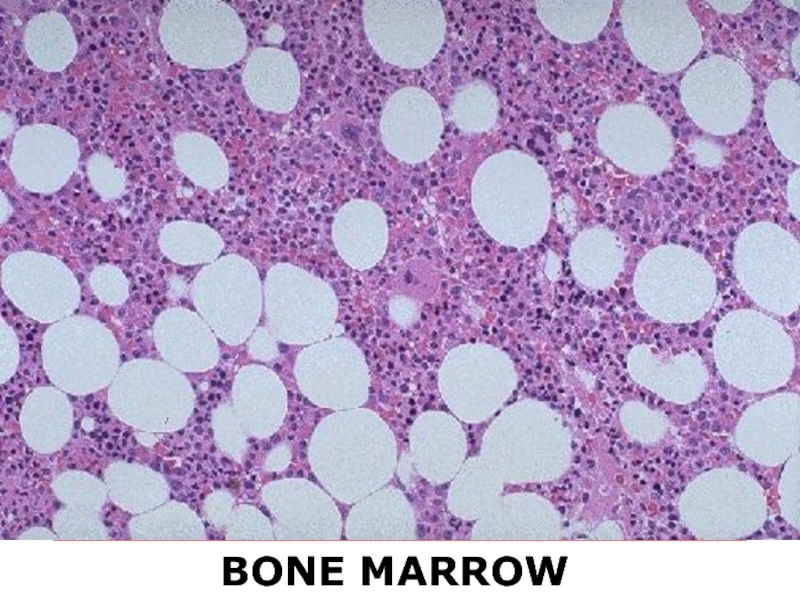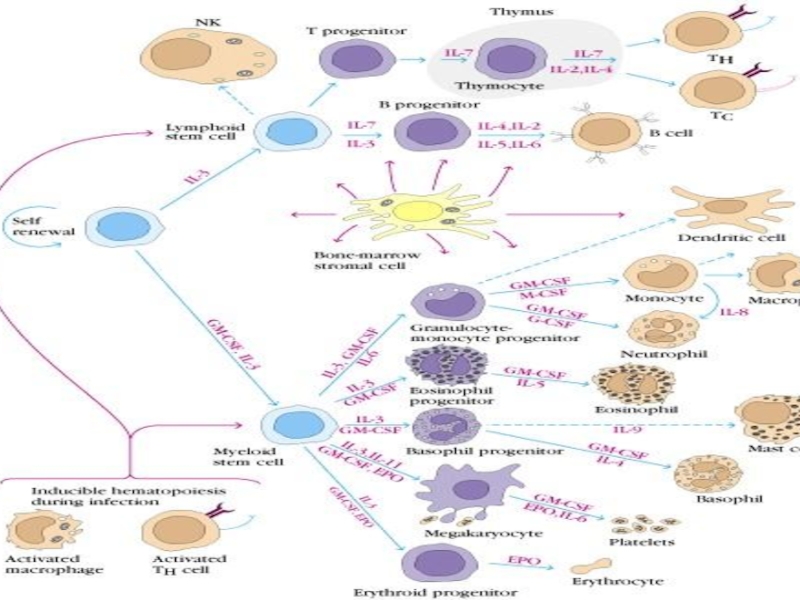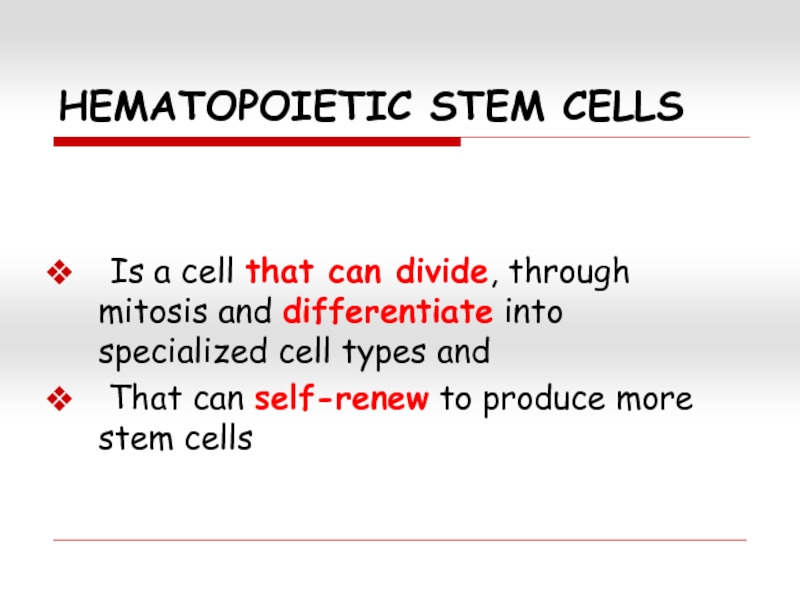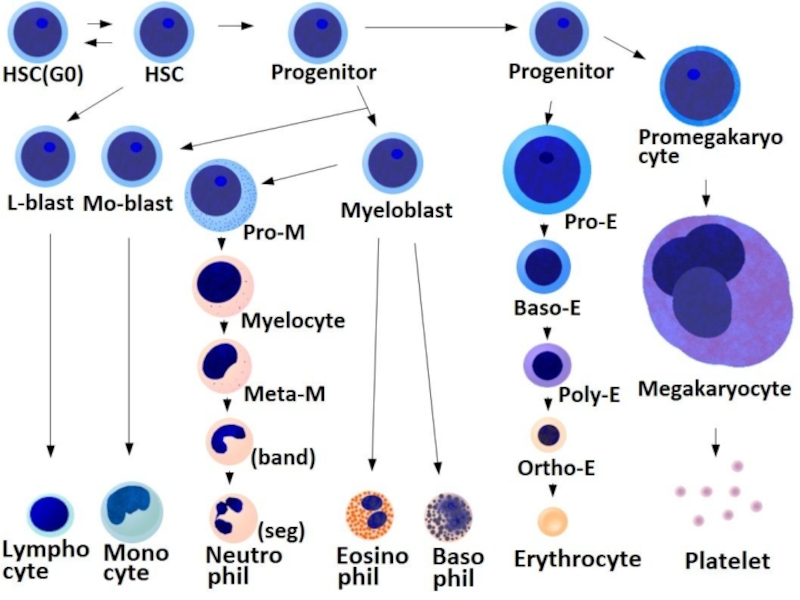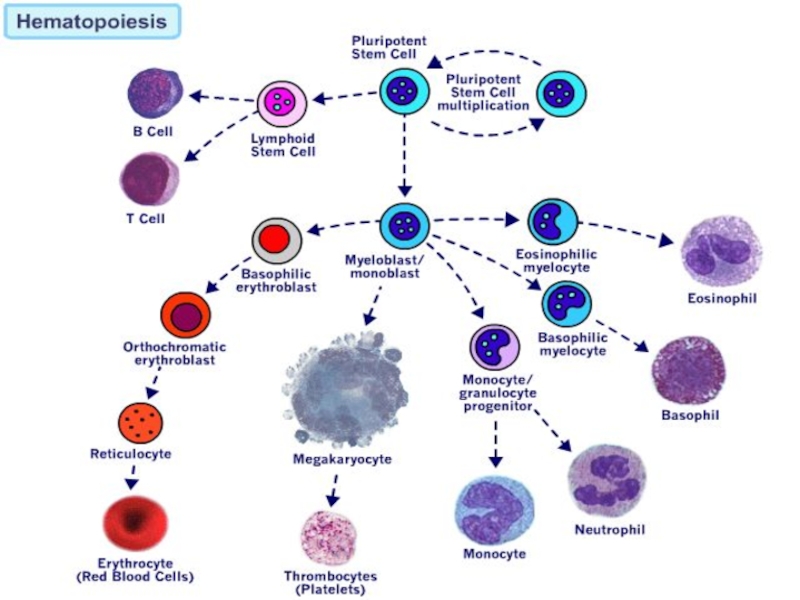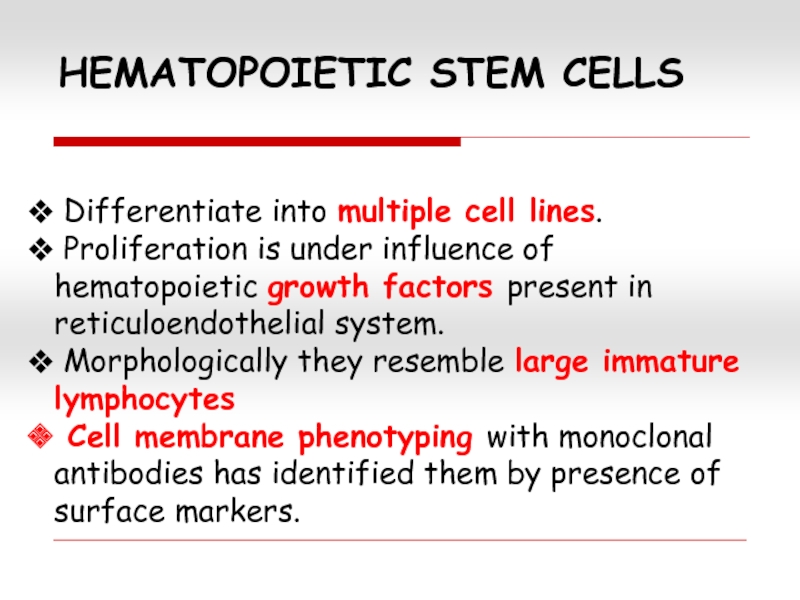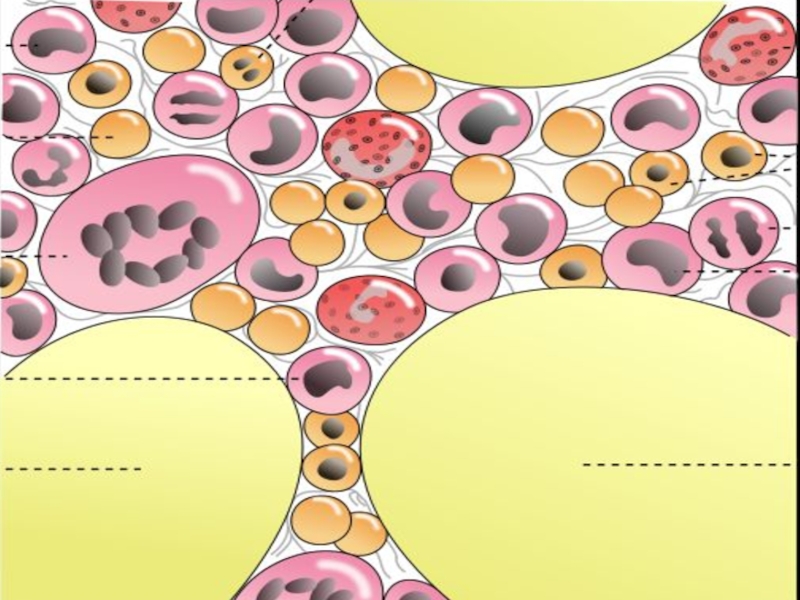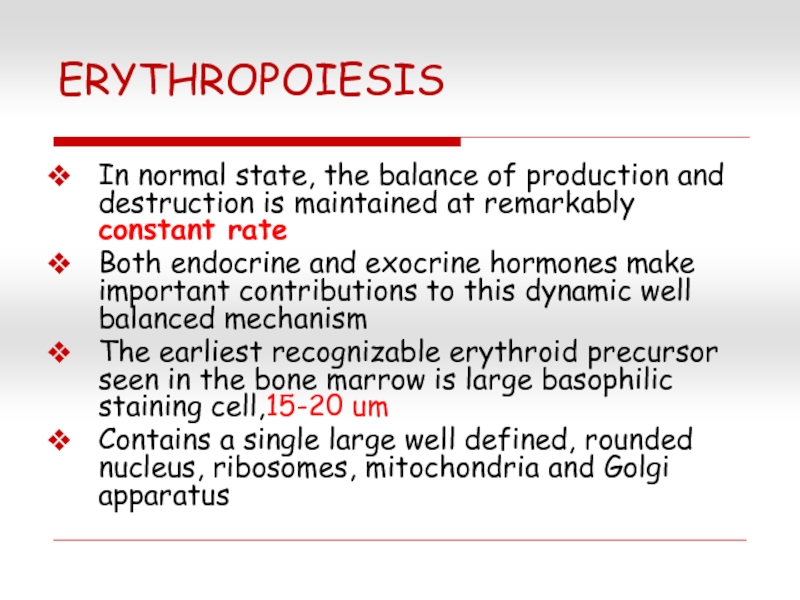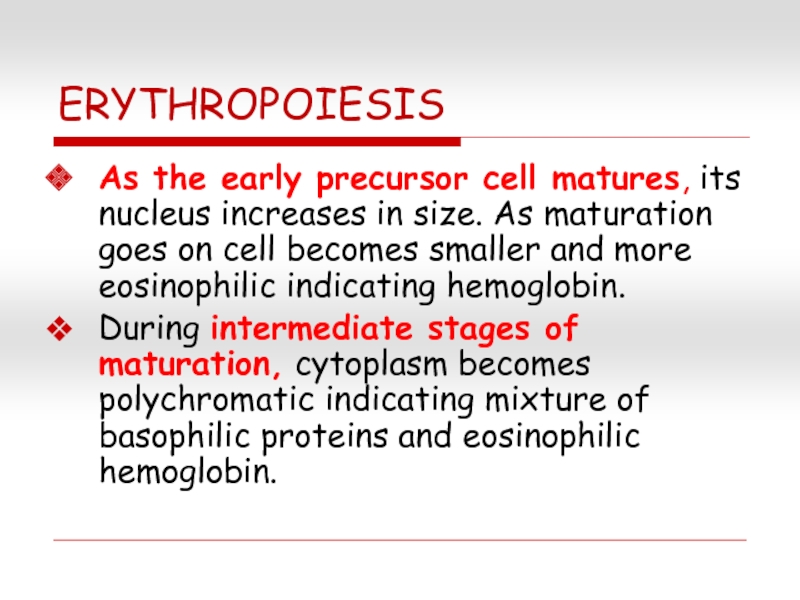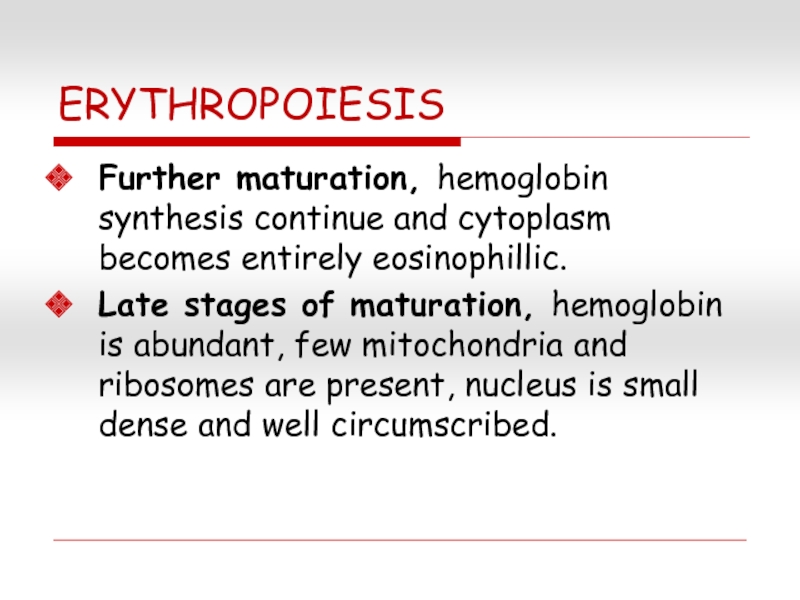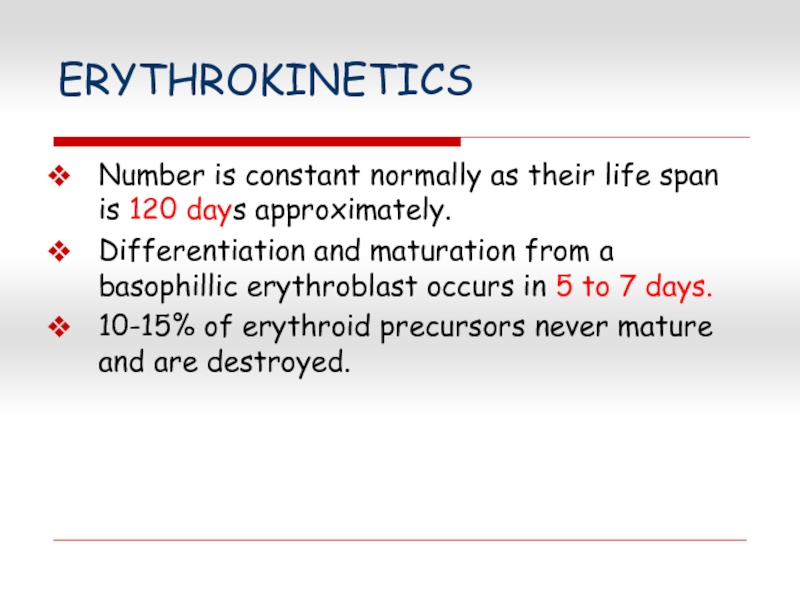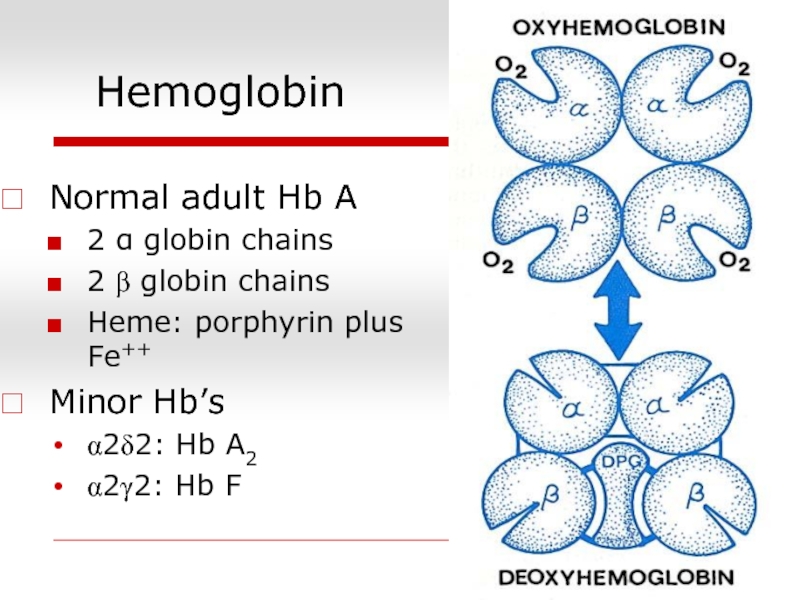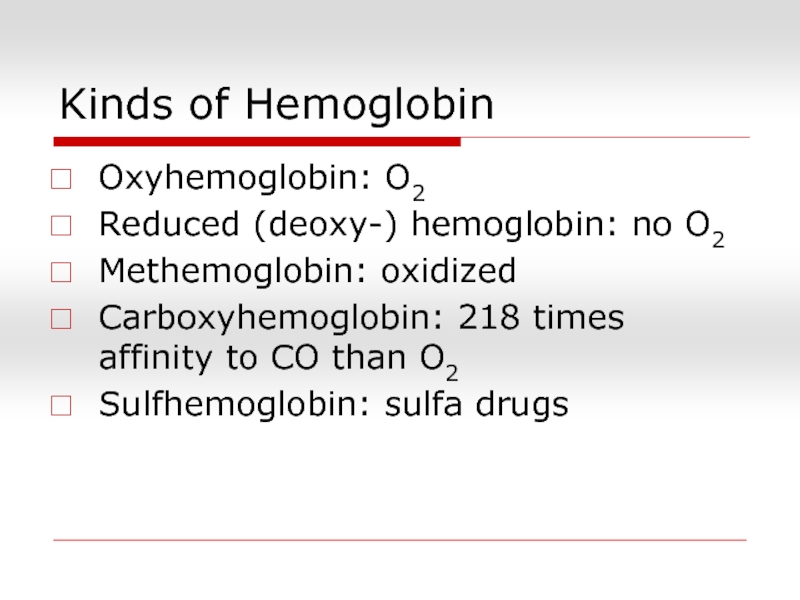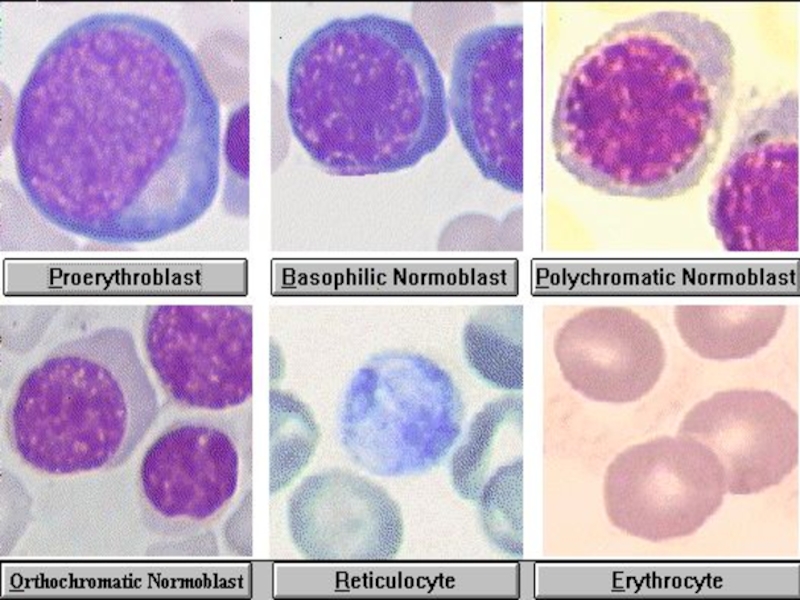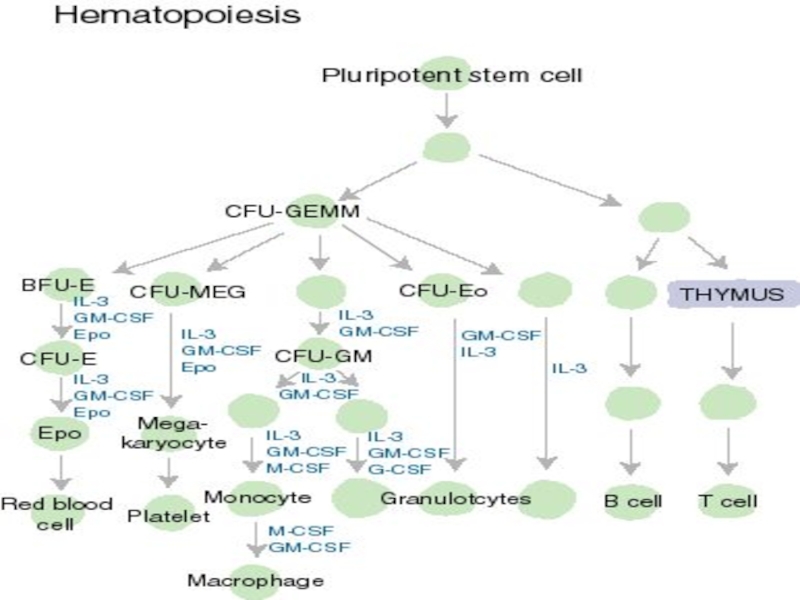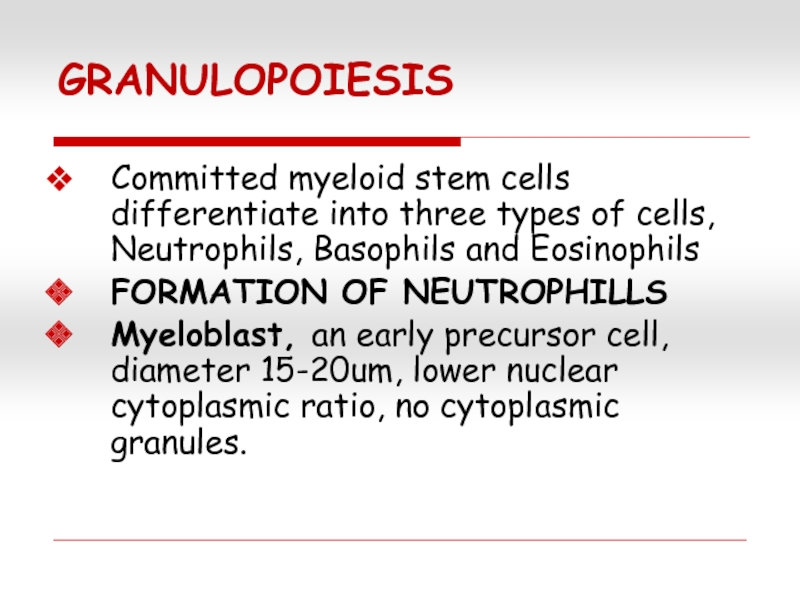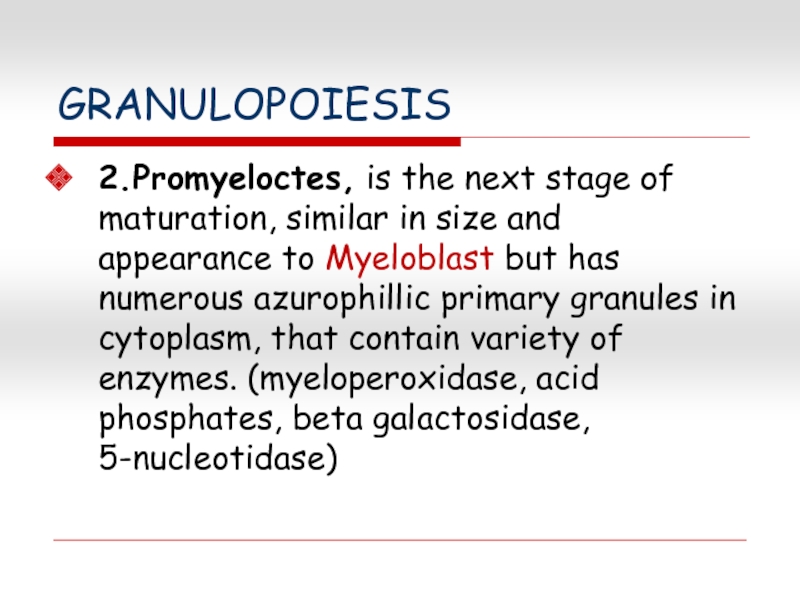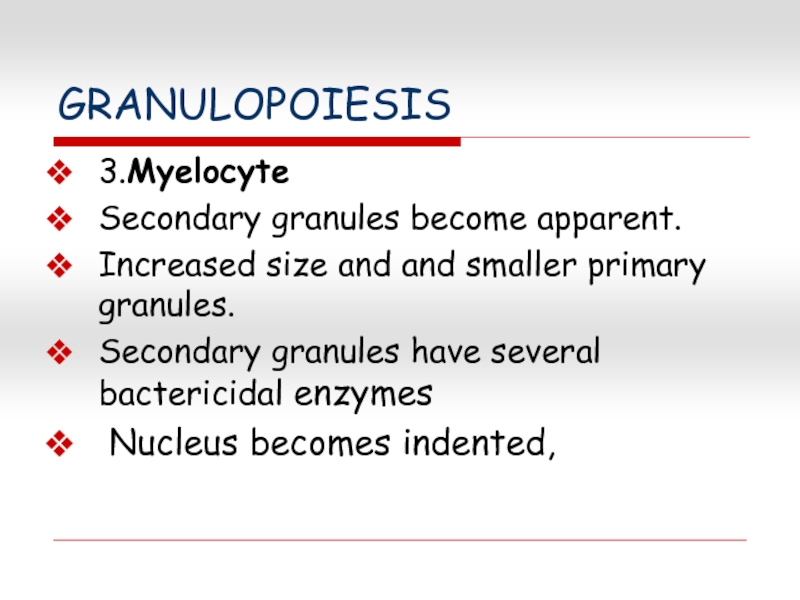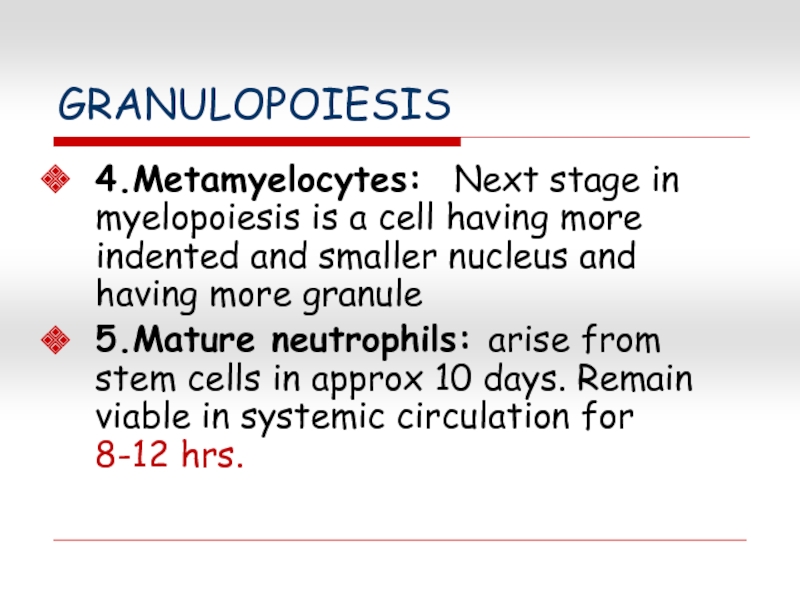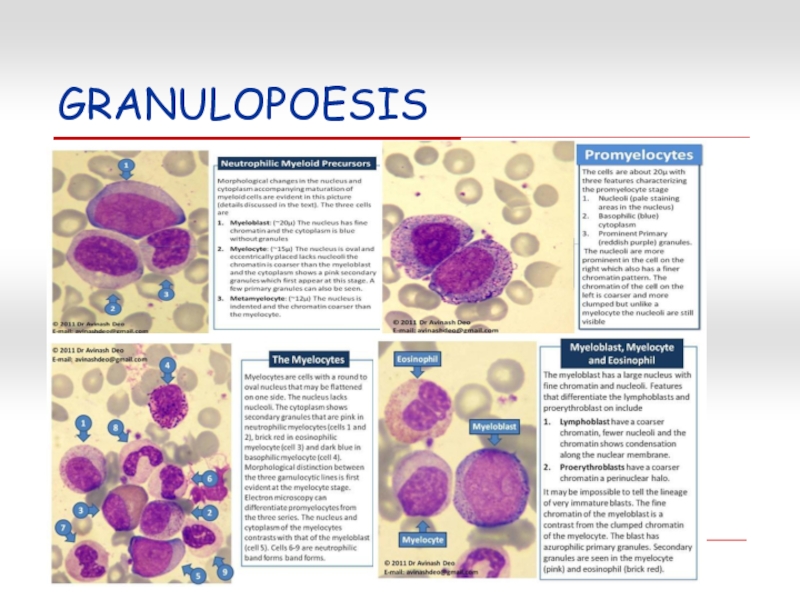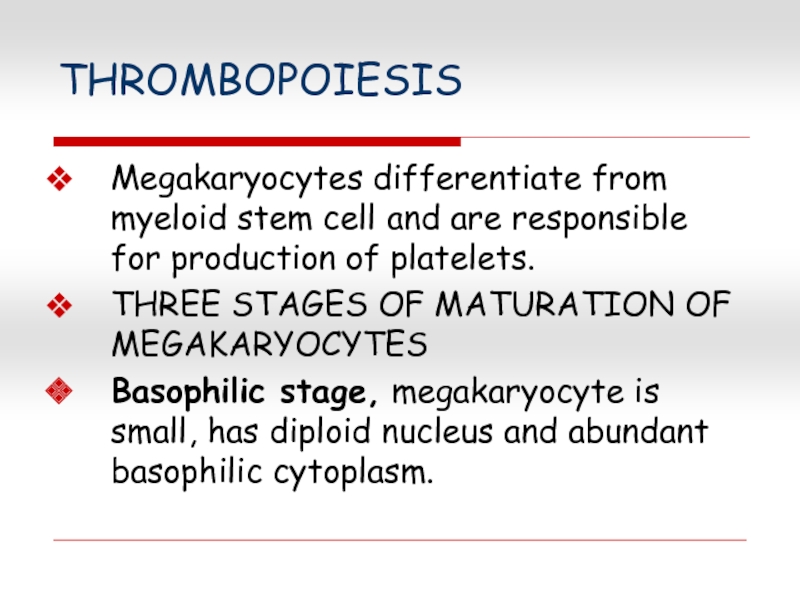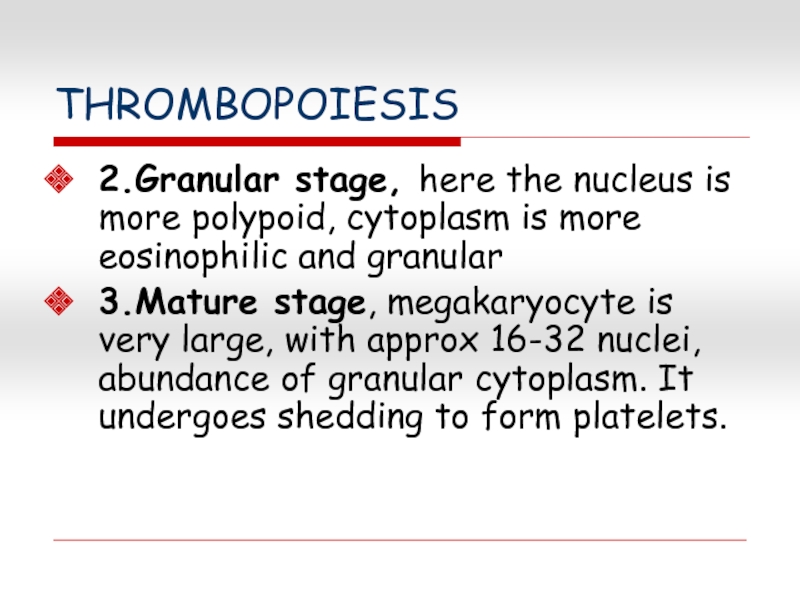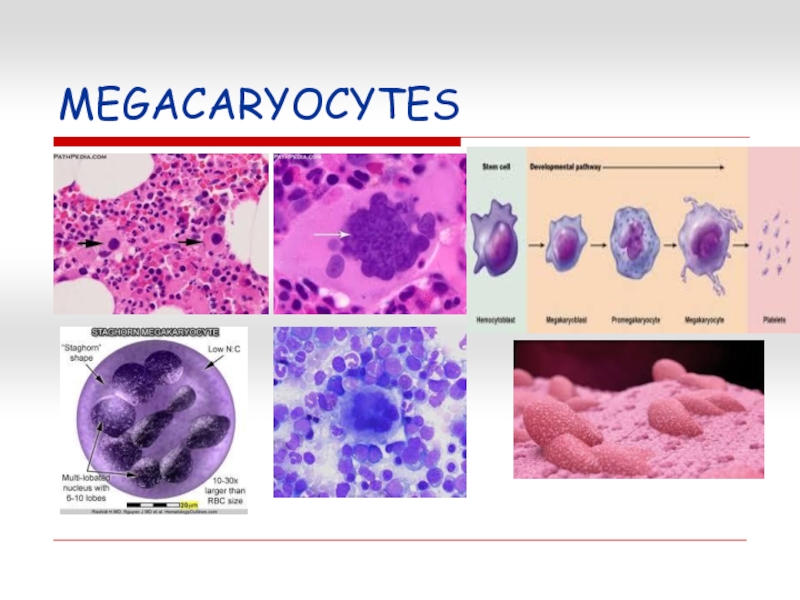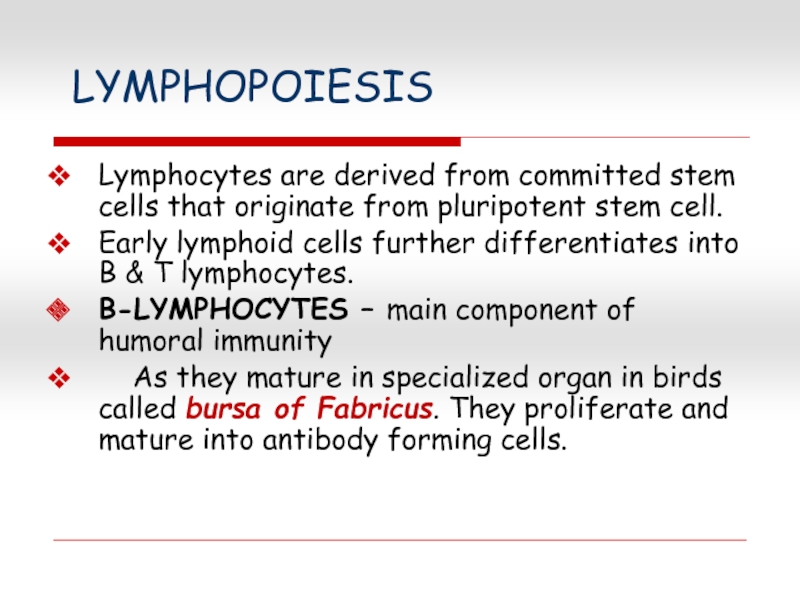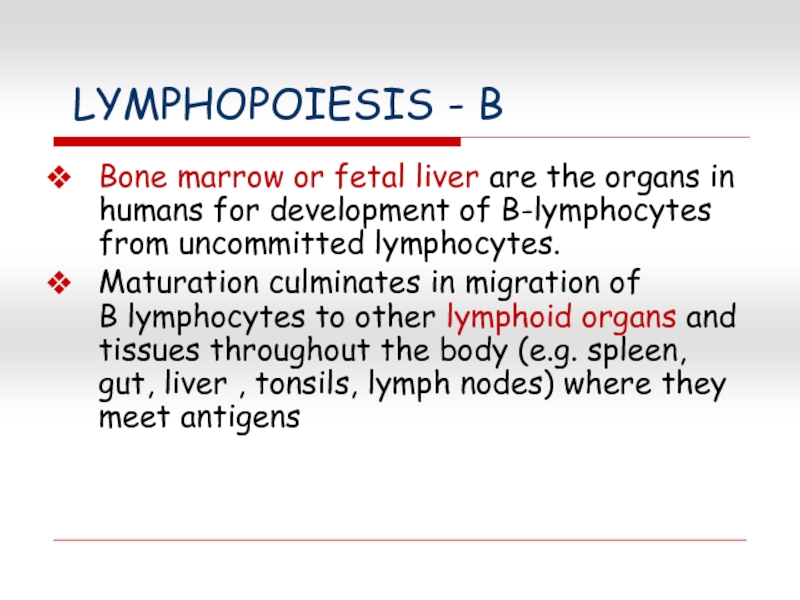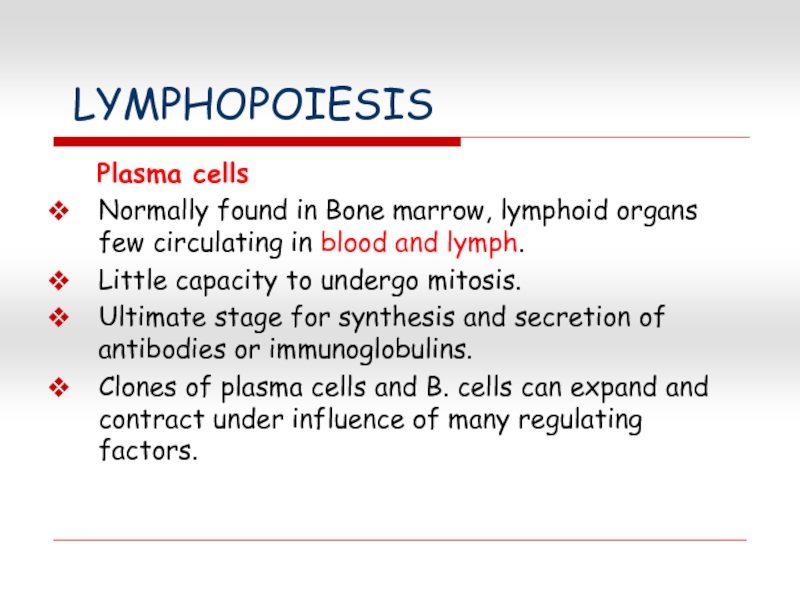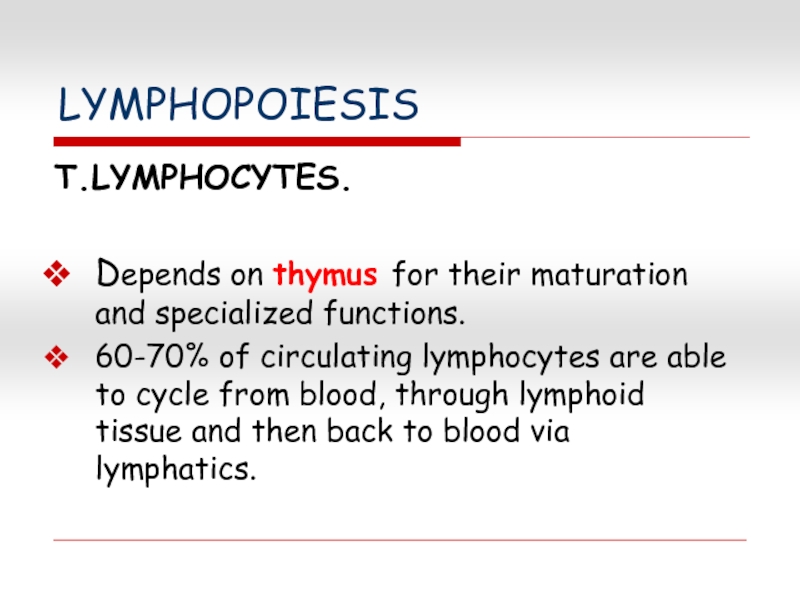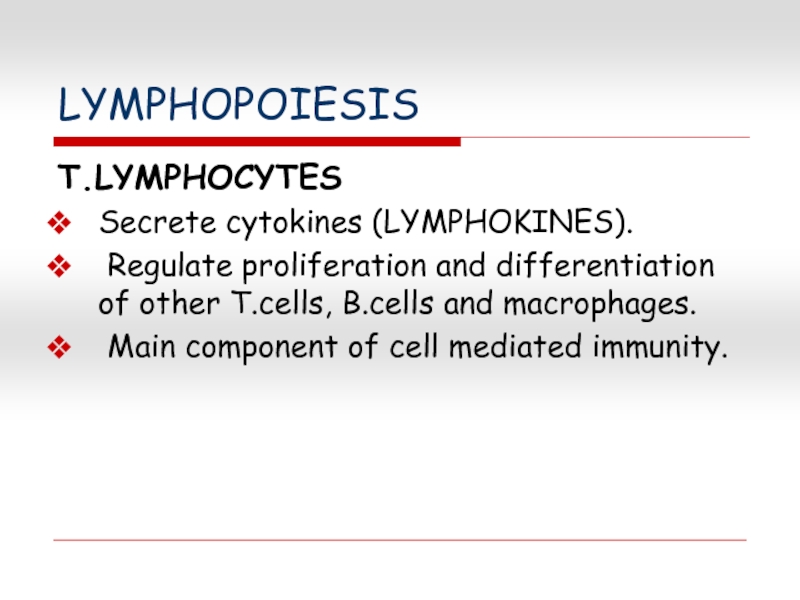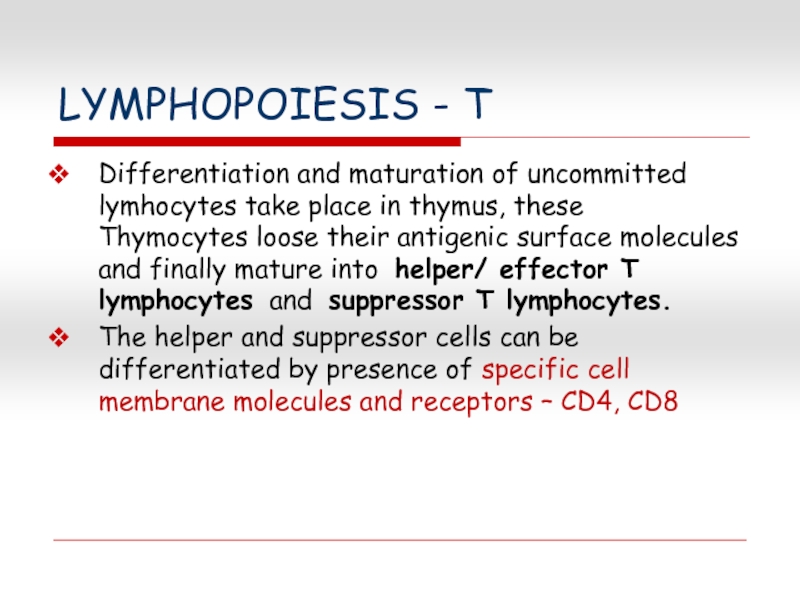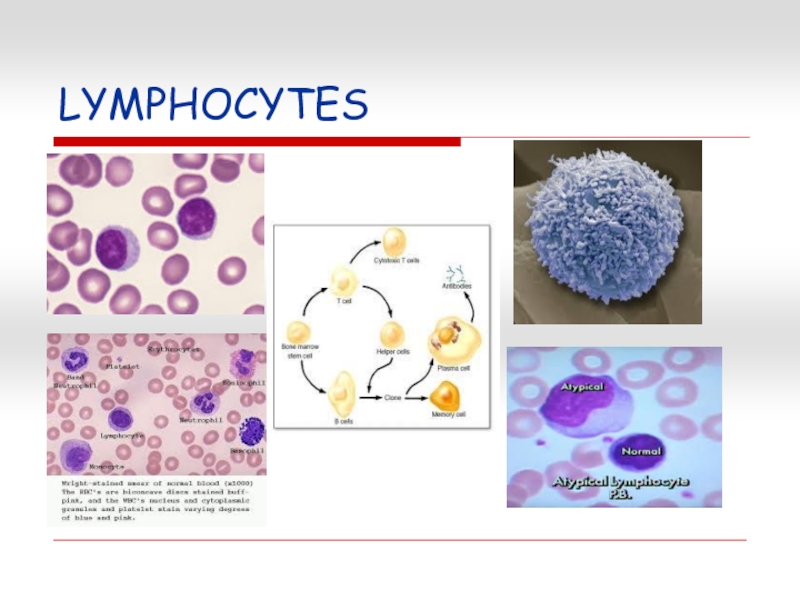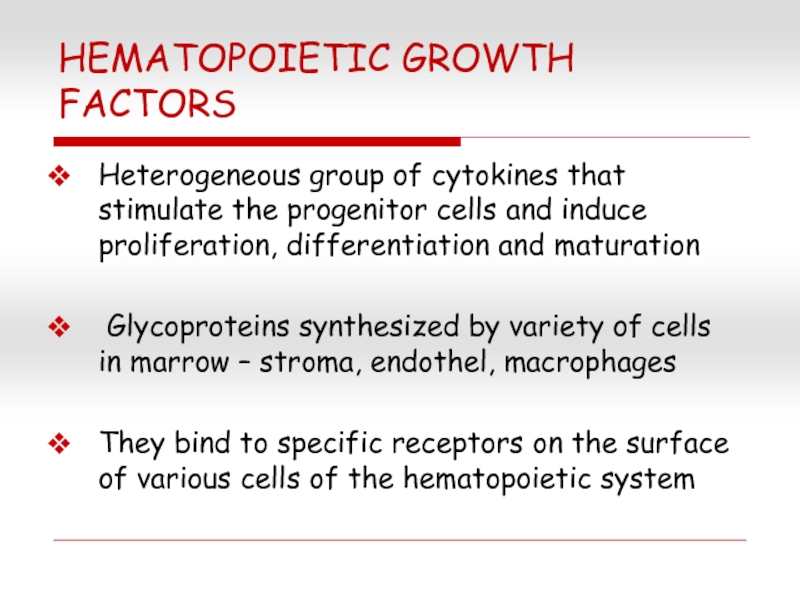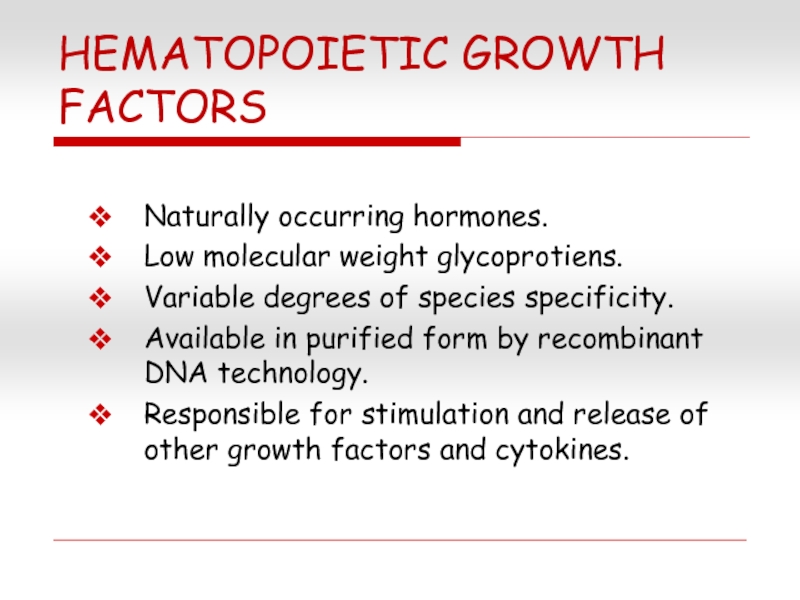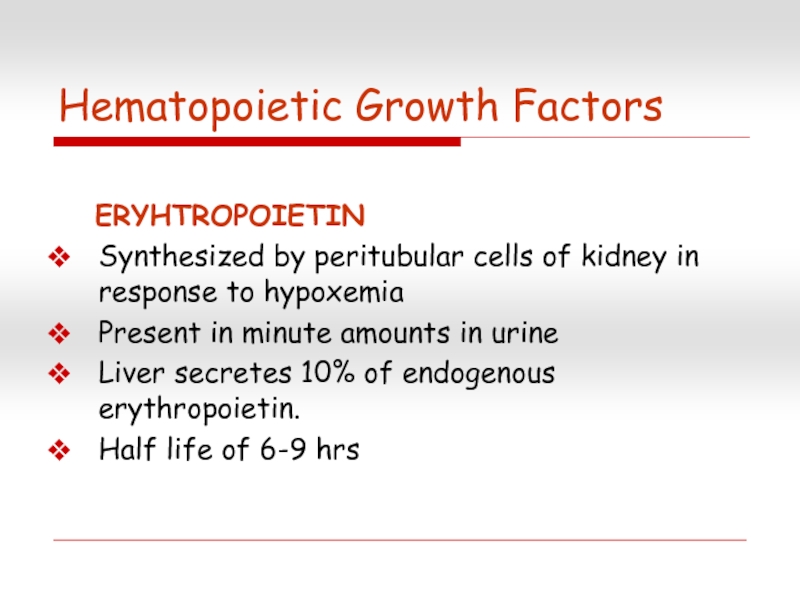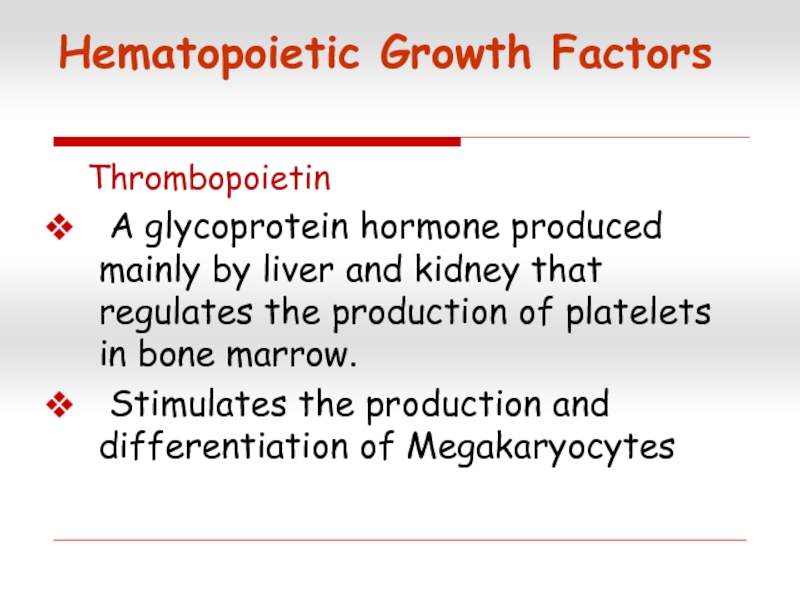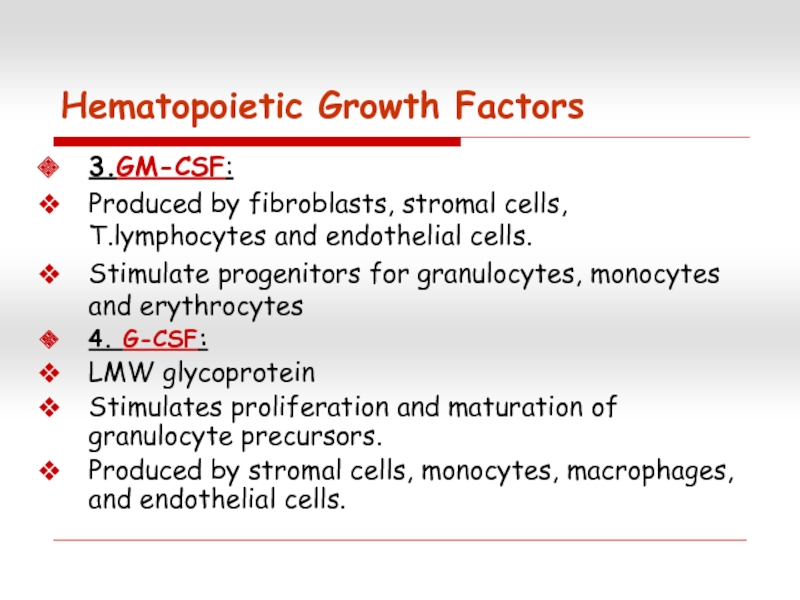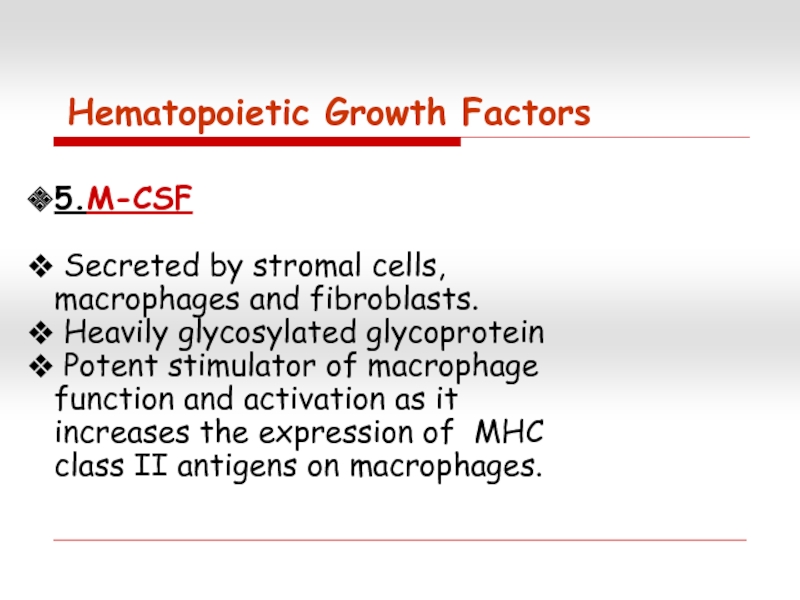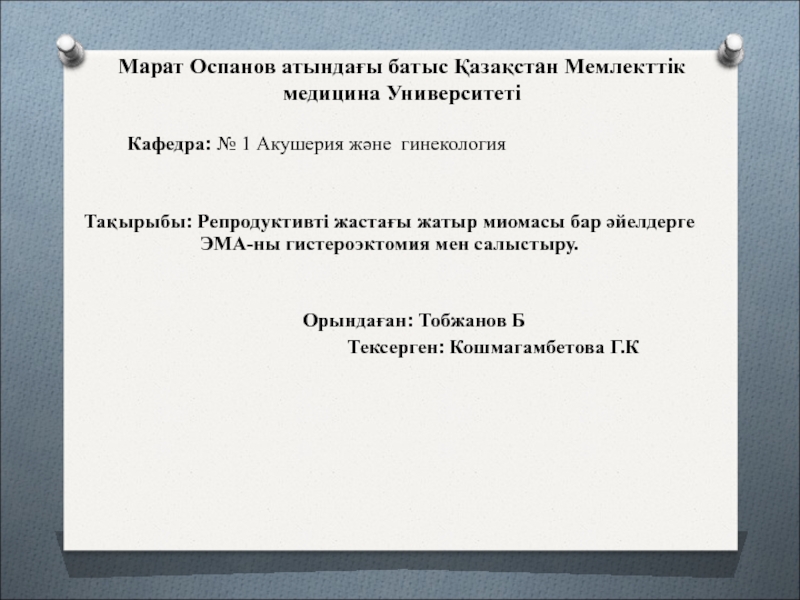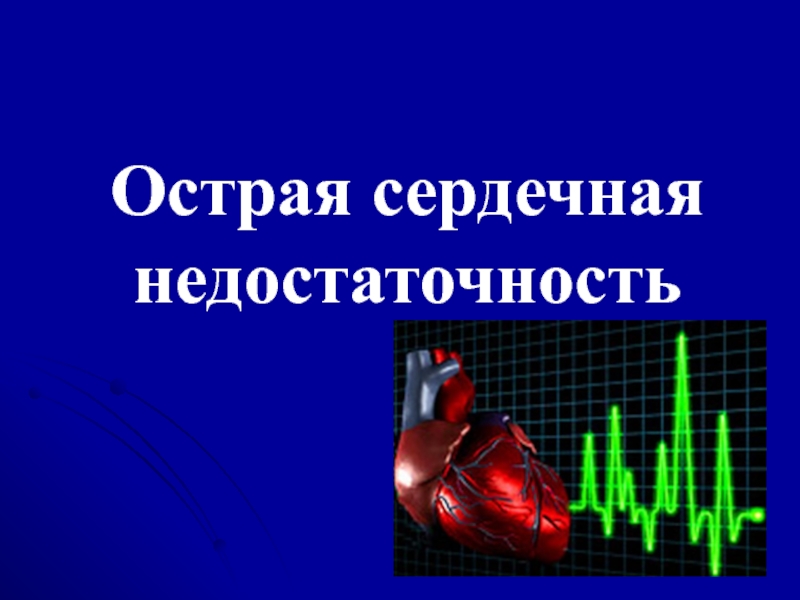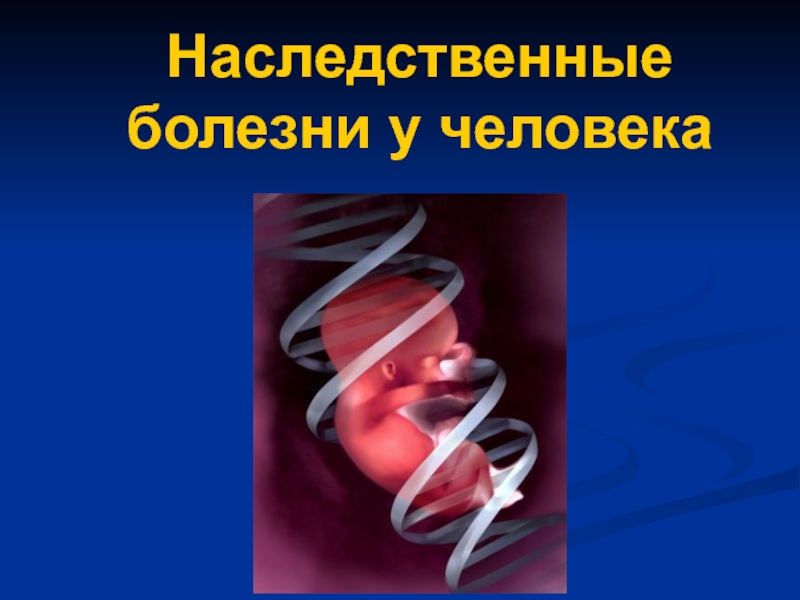- Главная
- Разное
- Дизайн
- Бизнес и предпринимательство
- Аналитика
- Образование
- Развлечения
- Красота и здоровье
- Финансы
- Государство
- Путешествия
- Спорт
- Недвижимость
- Армия
- Графика
- Культурология
- Еда и кулинария
- Лингвистика
- Английский язык
- Астрономия
- Алгебра
- Биология
- География
- Детские презентации
- Информатика
- История
- Литература
- Маркетинг
- Математика
- Медицина
- Менеджмент
- Музыка
- МХК
- Немецкий язык
- ОБЖ
- Обществознание
- Окружающий мир
- Педагогика
- Русский язык
- Технология
- Физика
- Философия
- Химия
- Шаблоны, картинки для презентаций
- Экология
- Экономика
- Юриспруденция
Haematopoiesis objectives презентация
Содержание
- 1. Haematopoiesis objectives
- 2. HAEMATOPOIESIS OBJECTIVES Embryonal ,fetal, new born & adult haematopoiesis Stem cell Bone marrow microenvironment
- 3. DEVELOPMENT OF HEMATOPOEITIC SYSTEM
- 4. DEVELOPMENT OF HEMATOPOEITIC SYSTEM
- 6. DEVELOPMENT OF HEMATOPOEITIC SYSTEM By birth,
- 7. AGE CHANGES A: NEWBORN B: ADULT BONE MARROW A B
- 8. Bone Marrow
- 11. BONE MARROW Fig 1.1
- 13. HEMATOPOIETIC STEM CELLS
- 16. HEMATOPOIETIC STEM CELLS Differentiate
- 19. ERYTHROPOIESIS In normal state, the balance of
- 20. ERYTHROPOIESIS As the early precursor cell matures,
- 21. ERYTHROPOIESIS Further maturation, hemoglobin synthesis continue and
- 22. ERYTHROKINETICS Number is constant normally as their
- 23. Hemoglobin Normal adult Hb A 2 α
- 24. Kinds of Hemoglobin Oxyhemoglobin: O2 Reduced (deoxy-)
- 27. GRANULOPOIESIS Committed myeloid stem cells differentiate into
- 28. GRANULOPOIESIS 2.Promyeloctes, is the next stage of
- 29. GRANULOPOIESIS 3.Myelocyte Secondary granules become apparent.
- 30. GRANULOPOIESIS 4.Metamyelocytes: Next stage in myelopoiesis is
- 31. GRANULOPOESIS
- 32. THROMBOPOIESIS Megakaryocytes differentiate from myeloid stem cell
- 33. THROMBOPOIESIS 2.Granular stage, here the nucleus is
- 34. MEGACARYOCYTES
- 35. LYMPHOPOIESIS Lymphocytes are derived from
- 36. LYMPHOPOIESIS - B Bone marrow or
- 37. LYMPHOPOIESIS Plasma cells
- 38. LYMPHOPOIESIS T.LYMPHOCYTES. Depends on thymus for
- 39. LYMPHOPOIESIS T.LYMPHOCYTES Secrete cytokines (LYMPHOKINES).
- 40. LYMPHOPOIESIS - T Differentiation and maturation of
- 41. LYMPHOCYTES
- 42. HEMATOPOIETIC GROWTH FACTORS Heterogeneous group of cytokines
- 43. HEMATOPOIETIC GROWTH FACTORS Naturally occurring hormones.
- 44. Hematopoietic Growth Factors
- 45. Hematopoietic Growth Factors Thrombopoietin
- 46. ss 3.GM-CSF: Produced by fibroblasts, stromal cells,
- 47. 5.M-CSF Secreted by stromal cells,
- 48. Thank you ☺ ☺ ☺
Слайд 2HAEMATOPOIESIS
OBJECTIVES
Embryonal ,fetal, new born & adult haematopoiesis
Stem cell
Bone marrow microenvironment
Слайд 3DEVELOPMENT OF HEMATOPOEITIC SYSTEM (EMBRYONIC PHASE)
Clusters of mesenchyme,
mesodermal cells proliferate and expand (2 week)
Vascular channels develop and primitive embryonic circulatory system is formed.
Proliferation of early hematopoietic cells
Differentiation of hematopoietic precursors
Vascular channels develop and primitive embryonic circulatory system is formed.
Proliferation of early hematopoietic cells
Differentiation of hematopoietic precursors
Слайд 4DEVELOPMENT OF HEMATOPOEITIC SYSTEM
FETAL HAEMATOPOIESIS - from
10TH
week of gestation till the entire 2nd
trimester, the major sites are liver and
spleen
Proliferation of early hematopoietic cells
Differentiation of hematopoietic precursors
Third trimester the sites shift to medullary cavities of bones.
trimester, the major sites are liver and
spleen
Proliferation of early hematopoietic cells
Differentiation of hematopoietic precursors
Third trimester the sites shift to medullary cavities of bones.
Слайд 6DEVELOPMENT OF HEMATOPOEITIC SYSTEM
By birth, medullary cavities of almost every bone
contributes to provide mature functional hematopoietic cells.
Pluripotent cells remain as rest cells in the bone marrow and other organs of reticuloendothelial cell system.
Pluripotent cells remain as rest cells in the bone marrow and other organs of reticuloendothelial cell system.
Слайд 13HEMATOPOIETIC STEM CELLS
Is a cell that can divide,
through mitosis and differentiate into specialized cell types and
That can self-renew to produce more stem cells
That can self-renew to produce more stem cells
Слайд 16
HEMATOPOIETIC STEM CELLS
Differentiate into multiple cell lines.
Proliferation is under
influence of hematopoietic growth factors present in reticuloendothelial system.
Morphologically they resemble large immature lymphocytes
Cell membrane phenotyping with monoclonal antibodies has identified them by presence of surface markers.
Morphologically they resemble large immature lymphocytes
Cell membrane phenotyping with monoclonal antibodies has identified them by presence of surface markers.
Слайд 19ERYTHROPOIESIS
In normal state, the balance of production and destruction is maintained
at remarkably constant rate
Both endocrine and exocrine hormones make important contributions to this dynamic well balanced mechanism
The earliest recognizable erythroid precursor seen in the bone marrow is large basophilic staining cell,15-20 um
Contains a single large well defined, rounded nucleus, ribosomes, mitochondria and Golgi apparatus
Both endocrine and exocrine hormones make important contributions to this dynamic well balanced mechanism
The earliest recognizable erythroid precursor seen in the bone marrow is large basophilic staining cell,15-20 um
Contains a single large well defined, rounded nucleus, ribosomes, mitochondria and Golgi apparatus
Слайд 20ERYTHROPOIESIS
As the early precursor cell matures, its nucleus increases in size.
As maturation goes on cell becomes smaller and more eosinophilic indicating hemoglobin.
During intermediate stages of maturation, cytoplasm becomes polychromatic indicating mixture of basophilic proteins and eosinophilic hemoglobin.
During intermediate stages of maturation, cytoplasm becomes polychromatic indicating mixture of basophilic proteins and eosinophilic hemoglobin.
Слайд 21ERYTHROPOIESIS
Further maturation, hemoglobin synthesis continue and cytoplasm becomes entirely eosinophillic.
Late stages
of maturation, hemoglobin is abundant, few mitochondria and ribosomes are present, nucleus is small dense and well circumscribed.
Слайд 22ERYTHROKINETICS
Number is constant normally as their life span is 120 days
approximately.
Differentiation and maturation from a basophillic erythroblast occurs in 5 to 7 days.
10-15% of erythroid precursors never mature and are destroyed.
Differentiation and maturation from a basophillic erythroblast occurs in 5 to 7 days.
10-15% of erythroid precursors never mature and are destroyed.
Слайд 23Hemoglobin
Normal adult Hb A
2 α globin chains
2 β globin chains
Heme: porphyrin
plus Fe++
Minor Hb’s
α2δ2: Hb A2
α2γ2: Hb F
Minor Hb’s
α2δ2: Hb A2
α2γ2: Hb F
Слайд 24Kinds of Hemoglobin
Oxyhemoglobin: O2
Reduced (deoxy-) hemoglobin: no O2
Methemoglobin: oxidized
Carboxyhemoglobin: 218 times
affinity to CO than O2
Sulfhemoglobin: sulfa drugs
Sulfhemoglobin: sulfa drugs
Слайд 27GRANULOPOIESIS
Committed myeloid stem cells differentiate into three types of cells, Neutrophils,
Basophils and Eosinophils
FORMATION OF NEUTROPHILLS
Myeloblast, an early precursor cell, diameter 15-20um, lower nuclear cytoplasmic ratio, no cytoplasmic granules.
FORMATION OF NEUTROPHILLS
Myeloblast, an early precursor cell, diameter 15-20um, lower nuclear cytoplasmic ratio, no cytoplasmic granules.
Слайд 28GRANULOPOIESIS
2.Promyeloctes, is the next stage of maturation, similar in size and
appearance to Myeloblast but has numerous azurophillic primary granules in cytoplasm, that contain variety of enzymes. (myeloperoxidase, acid phosphates, beta galactosidase, 5-nucleotidase)
Слайд 29GRANULOPOIESIS
3.Myelocyte
Secondary granules become apparent.
Increased size and and smaller primary granules.
Secondary
granules have several bactericidal enzymes
Nucleus becomes indented,
Nucleus becomes indented,
Слайд 30GRANULOPOIESIS
4.Metamyelocytes: Next stage in myelopoiesis is a cell having more indented
and smaller nucleus and having more granule
5.Mature neutrophils: arise from stem cells in approx 10 days. Remain viable in systemic circulation for 8-12 hrs.
5.Mature neutrophils: arise from stem cells in approx 10 days. Remain viable in systemic circulation for 8-12 hrs.
Слайд 32THROMBOPOIESIS
Megakaryocytes differentiate from myeloid stem cell and are responsible for production
of platelets.
THREE STAGES OF MATURATION OF MEGAKARYOCYTES
Basophilic stage, megakaryocyte is small, has diploid nucleus and abundant basophilic cytoplasm.
THREE STAGES OF MATURATION OF MEGAKARYOCYTES
Basophilic stage, megakaryocyte is small, has diploid nucleus and abundant basophilic cytoplasm.
Слайд 33THROMBOPOIESIS
2.Granular stage, here the nucleus is more polypoid, cytoplasm is more
eosinophilic and granular
3.Mature stage, megakaryocyte is very large, with approx 16-32 nuclei, abundance of granular cytoplasm. It undergoes shedding to form platelets.
3.Mature stage, megakaryocyte is very large, with approx 16-32 nuclei, abundance of granular cytoplasm. It undergoes shedding to form platelets.
Слайд 35 LYMPHOPOIESIS
Lymphocytes are derived from committed stem cells that originate
from pluripotent stem cell.
Early lymphoid cells further differentiates into B & T lymphocytes.
B-LYMPHOCYTES – main component of humoral immunity
As they mature in specialized organ in birds called bursa of Fabricus. They proliferate and mature into antibody forming cells.
Early lymphoid cells further differentiates into B & T lymphocytes.
B-LYMPHOCYTES – main component of humoral immunity
As they mature in specialized organ in birds called bursa of Fabricus. They proliferate and mature into antibody forming cells.
Слайд 36 LYMPHOPOIESIS - B
Bone marrow or fetal liver are the organs
in humans for development of B-lymphocytes from uncommitted lymphocytes.
Maturation culminates in migration of B lymphocytes to other lymphoid organs and tissues throughout the body (e.g. spleen, gut, liver , tonsils, lymph nodes) where they meet antigens
Maturation culminates in migration of B lymphocytes to other lymphoid organs and tissues throughout the body (e.g. spleen, gut, liver , tonsils, lymph nodes) where they meet antigens
Слайд 37 LYMPHOPOIESIS
Plasma cells
Normally found in Bone marrow, lymphoid
organs few circulating in blood and lymph.
Little capacity to undergo mitosis.
Ultimate stage for synthesis and secretion of antibodies or immunoglobulins.
Clones of plasma cells and B. cells can expand and contract under influence of many regulating factors.
Little capacity to undergo mitosis.
Ultimate stage for synthesis and secretion of antibodies or immunoglobulins.
Clones of plasma cells and B. cells can expand and contract under influence of many regulating factors.
Слайд 38LYMPHOPOIESIS
T.LYMPHOCYTES.
Depends on thymus for their maturation and specialized functions.
60-70% of
circulating lymphocytes are able to cycle from blood, through lymphoid tissue and then back to blood via lymphatics.
Слайд 39LYMPHOPOIESIS
T.LYMPHOCYTES
Secrete cytokines (LYMPHOKINES).
Regulate proliferation and differentiation of other T.cells,
B.cells and macrophages.
Main component of cell mediated immunity.
Main component of cell mediated immunity.
Слайд 40LYMPHOPOIESIS - T
Differentiation and maturation of uncommitted lymhocytes take place in
thymus, these Thymocytes loose their antigenic surface molecules and finally mature into helper/ effector T lymphocytes and suppressor T lymphocytes.
The helper and suppressor cells can be differentiated by presence of specific cell membrane molecules and receptors – CD4, CD8
The helper and suppressor cells can be differentiated by presence of specific cell membrane molecules and receptors – CD4, CD8
Слайд 42HEMATOPOIETIC GROWTH FACTORS
Heterogeneous group of cytokines that stimulate the progenitor cells
and induce proliferation, differentiation and maturation
Glycoproteins synthesized by variety of cells in marrow – stroma, endothel, macrophages
They bind to specific receptors on the surface of various cells of the hematopoietic system
Glycoproteins synthesized by variety of cells in marrow – stroma, endothel, macrophages
They bind to specific receptors on the surface of various cells of the hematopoietic system
Слайд 43HEMATOPOIETIC GROWTH FACTORS
Naturally occurring hormones.
Low molecular weight glycoprotiens.
Variable degrees of species
specificity.
Available in purified form by recombinant DNA technology.
Responsible for stimulation and release of other growth factors and cytokines.
Available in purified form by recombinant DNA technology.
Responsible for stimulation and release of other growth factors and cytokines.
Слайд 44
Hematopoietic Growth Factors
ERYHTROPOIETIN
Synthesized by peritubular cells of kidney
in response to hypoxemia
Present in minute amounts in urine
Liver secretes 10% of endogenous erythropoietin.
Half life of 6-9 hrs
Present in minute amounts in urine
Liver secretes 10% of endogenous erythropoietin.
Half life of 6-9 hrs
Слайд 45Hematopoietic Growth Factors
Thrombopoietin
A glycoprotein hormone produced mainly by
liver and kidney that regulates the production of platelets in bone marrow.
Stimulates the production and differentiation of Megakaryocytes
Stimulates the production and differentiation of Megakaryocytes
Слайд 46ss
3.GM-CSF:
Produced by fibroblasts, stromal cells, T.lymphocytes and endothelial cells.
Stimulate progenitors for
granulocytes, monocytes and erythrocytes
4. G-CSF:
LMW glycoprotein
Stimulates proliferation and maturation of granulocyte precursors.
Produced by stromal cells, monocytes, macrophages, and endothelial cells.
4. G-CSF:
LMW glycoprotein
Stimulates proliferation and maturation of granulocyte precursors.
Produced by stromal cells, monocytes, macrophages, and endothelial cells.
Hematopoietic Growth Factors
Слайд 475.M-CSF
Secreted by stromal cells, macrophages and fibroblasts.
Heavily glycosylated glycoprotein
Potent stimulator of macrophage function and activation as it increases the expression of MHC class II antigens on macrophages.
Hematopoietic Growth Factors
